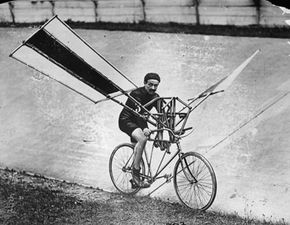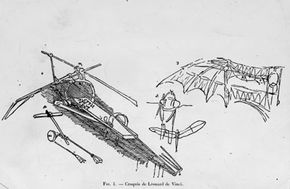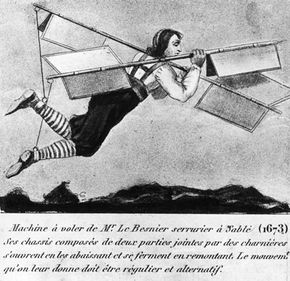"God denied to men the faculty of flight so that they might lead a quiet and tranquil life, for if they knew how to fly they would always be in perpetual danger."
— Juan Caramuel y Lobkovitz (1606-1682)
Advertisement
The history of flight is peppered with mishaps, failures and fatalities by the humans who tried to take to the skies. In their efforts to understand the mechanics of flight, would-be inventors mostly tried to mimic the anatomy of birds.
Human history is filled with many marvelous achievements. The invention of the automobile changed the landscapes of cities and the surrounding suburbs around the world; the Internet connected people on a scale unimaginable before computers; and, of course, the arrival of the airplane only 100 years ago gave us the ability to cross oceans and connect the far corners of the Earth.
Before each of these innovations settled in and were taken for granted, however, their inventors struggled to get them off the ground. Early railway systems and gas-powered vehicles were bumpy, uncomfortable and inefficient. For centuries the abacus was the only tool available for making calculations. Attempts at flight, meanwhile, were the most dangerous, since the point was maintaining control of a body or machine in the middle of the air, high above the ground.
Some of the attempts at flight are mythical and legendary; others are true stories with real documentation. Some were simple designs destined for loud thuds; others were complicated contraptions meant for equally chaotic crashes. But ultimately before the Wright brothers made the first successful powered flight, many others took a shot at a manned flight.








